Frei Otto’s “Obsession” with Lightweight Structures and Why They Had to Be Light
Frei Otto, the winner of The Pritzker Architecture Prize 2015, was an architectural pioneer who is famous for his lightweight structural innovations, including cushion roofs, membrane dams, pneumatic structures, etc. These days, some of those structures have indeed become a common practice in architecture. However, suppose we imagine the context of 50 years ago, in the chaotic era after world war. In that case, we can see this practice as a finding that deserved great admiration amidst the massive use of heavy concrete structures.
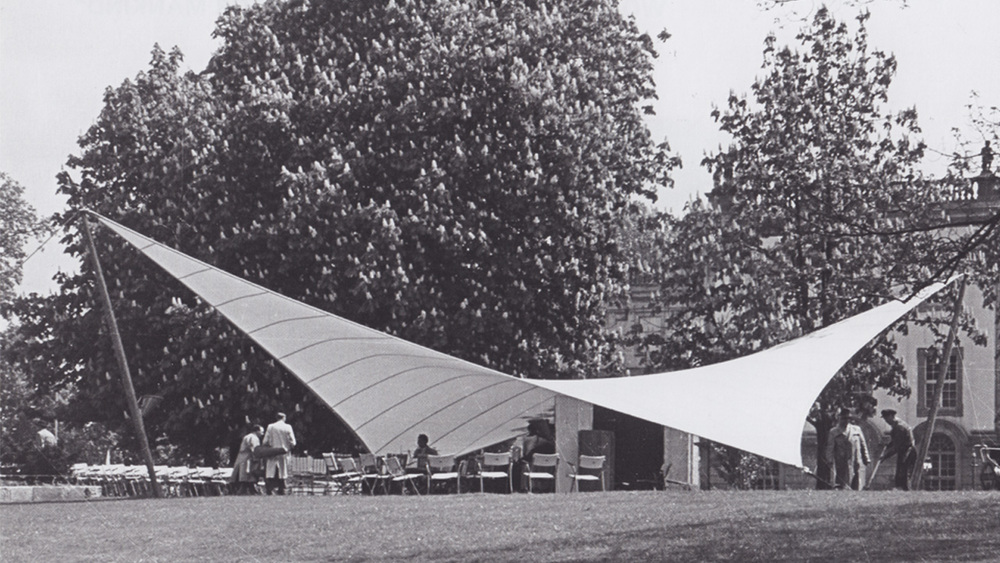 Music Pavilion, 1955 (cr: freiottofilm.com)
Music Pavilion, 1955 (cr: freiottofilm.com)
Otto was born in Germany in 1925 into a family with a sculpture background. His parents' and grandparents' careers triggered his interest in following the same path. Later, he was also interested in gliding and aviation and even became a German military pilot during World War II. This interest led him to encounter aerodynamic forces.
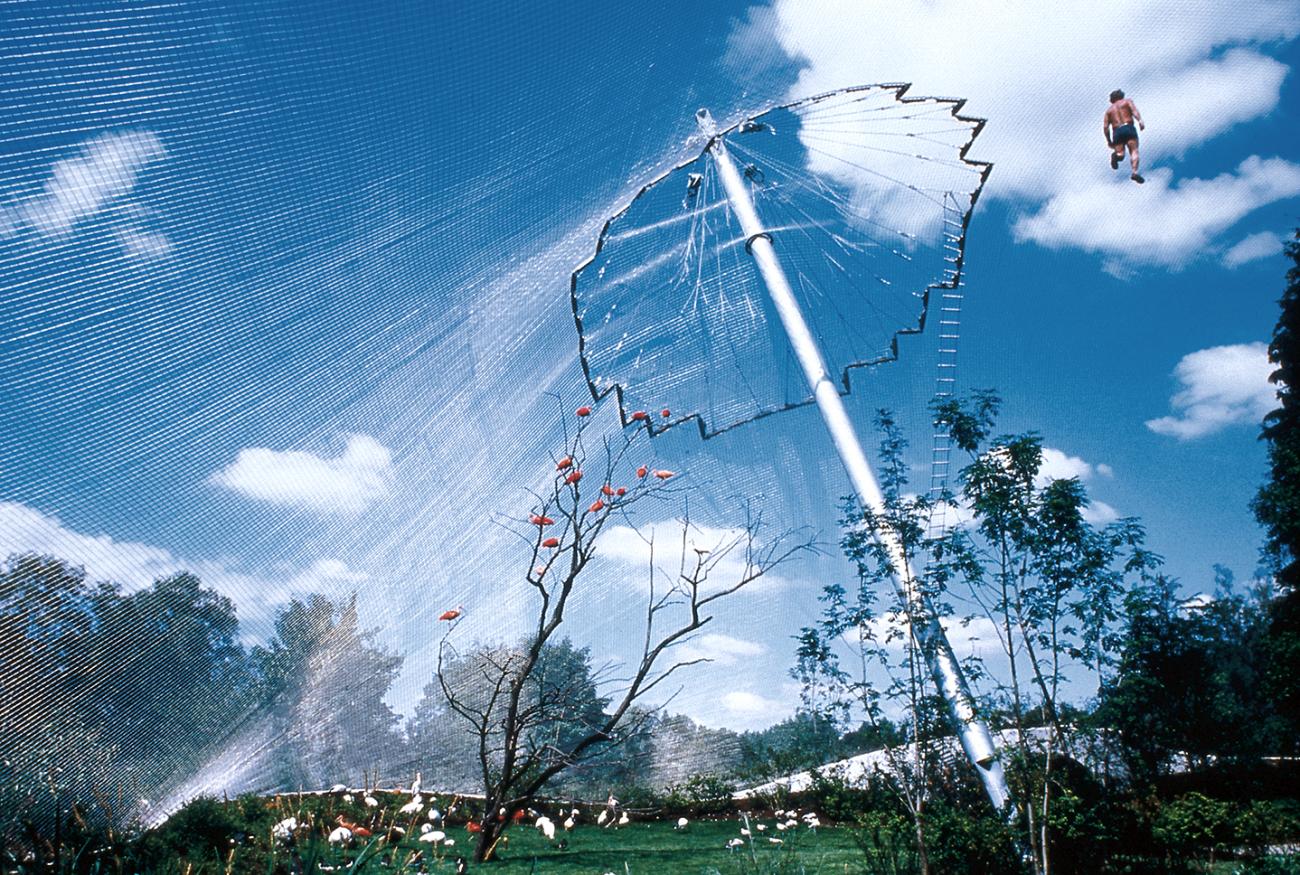 Aviary, 1980 (cr: The Pritzker Architecture Prize)
Aviary, 1980 (cr: The Pritzker Architecture Prize)
 Aviary model (cr: freiottofilm.com)
Aviary model (cr: freiottofilm.com)
In 1945, Otto was imprisoned in France for two years. He worked as a reconstruction crew there, repairing bridges and buildings. In the post-war situation, Otto was forced to learn to build various types of buildings with very limited resources. With his methodical intelligence, Otto succeeded in initiating solutive structural innovation. This part should be highlighted because this is where it seems that he first embraced the principle of “do more with less” which he will continue to bring to design.
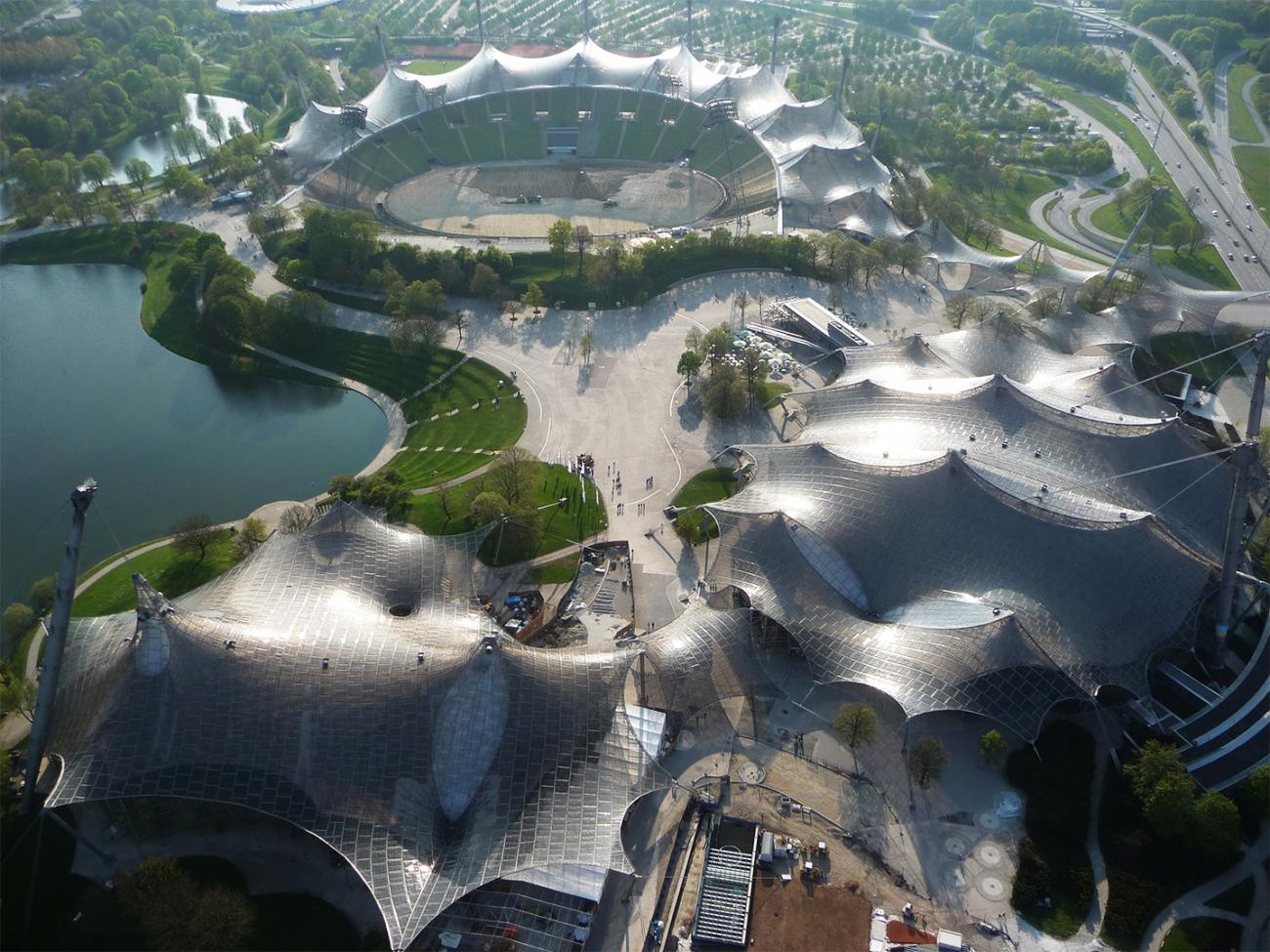 Munich Olympic Park, 1972 (cr: Christine Kanstinger)
Munich Olympic Park, 1972 (cr: Christine Kanstinger)
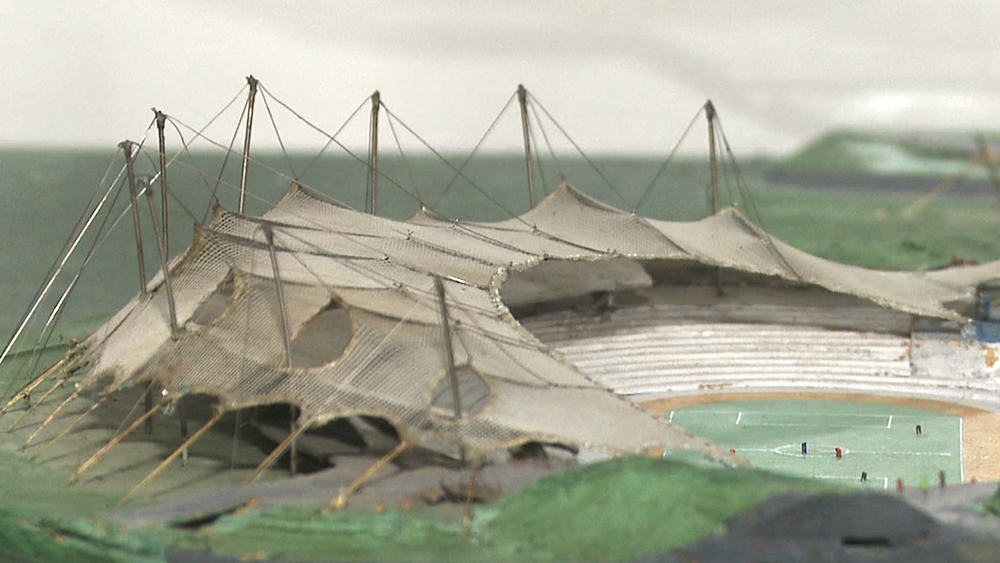 Munich Olympic Stadium model (cr: Christine Kanstinger)
Munich Olympic Stadium model (cr: Christine Kanstinger)
After his return to Germany, he began formal study in architecture at the Technical University. He got the chance to go on exchange to the United States and met and learned from great architects and engineers. It was here that he started to propose suspended roof schemes.
Otto’s career has been dedicated to researching and writing about types of construction approaches, especially structural systems that allow them to be as light as possible. He spent the next few decades experimenting to achieve more with less—building larger spans with less energy, involving maximum efficiency with minimum materials. He was also against heavy structures that depend on gravity, instead focusing on one of the primary forces present in all structural systems: tensile stress.
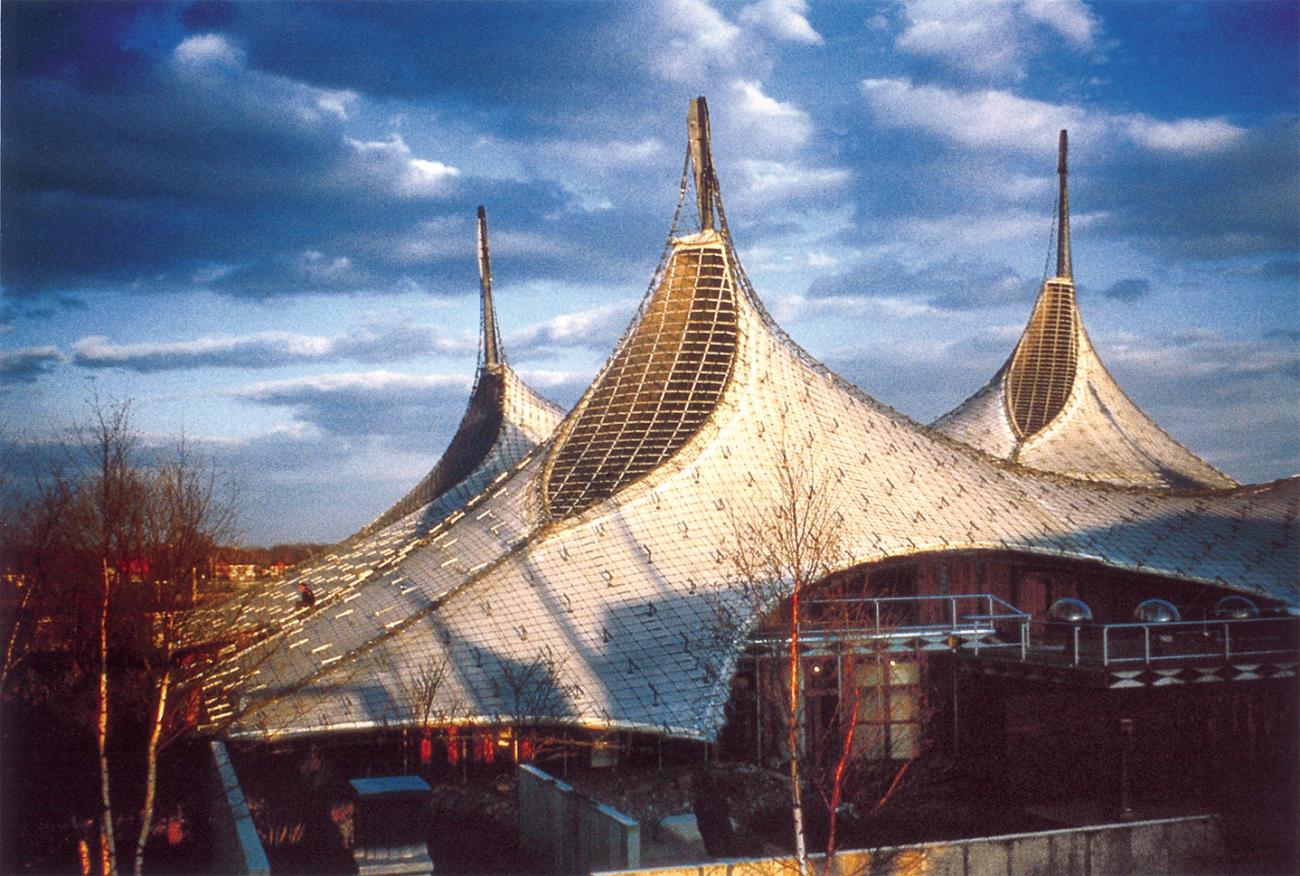 Expo 67, 1967 (cr: The Pritzker Architecture Prize)
Expo 67, 1967 (cr: The Pritzker Architecture Prize)
With his background, history, and design focus, Otto observes many natural structures and physical phenomena through experiments using everyday materials to help him understand the natural processes of physical self-formation. He always used physical models as a form-finding tool in his design process. According to him, the physical model provides opportunities for new discoveries, perhaps things that have not yet been found, because it directly applies the laws of nature in a real way—something that computer modeling cannot do. One well-documented exploratory activity is the soap modeling process in which he uses soapy water to form bubbles to understand the membrane surface's natural properties—the lightest and most tensile materials in construction—when subjected to various forces.
“The computer can only calculate what is already conceptually inside of it; you can only find what you look for in computers. Nevertheless, you can find what you haven’t searched for with free experimentation,” Frei Otto told Juan María Songel in 2004.

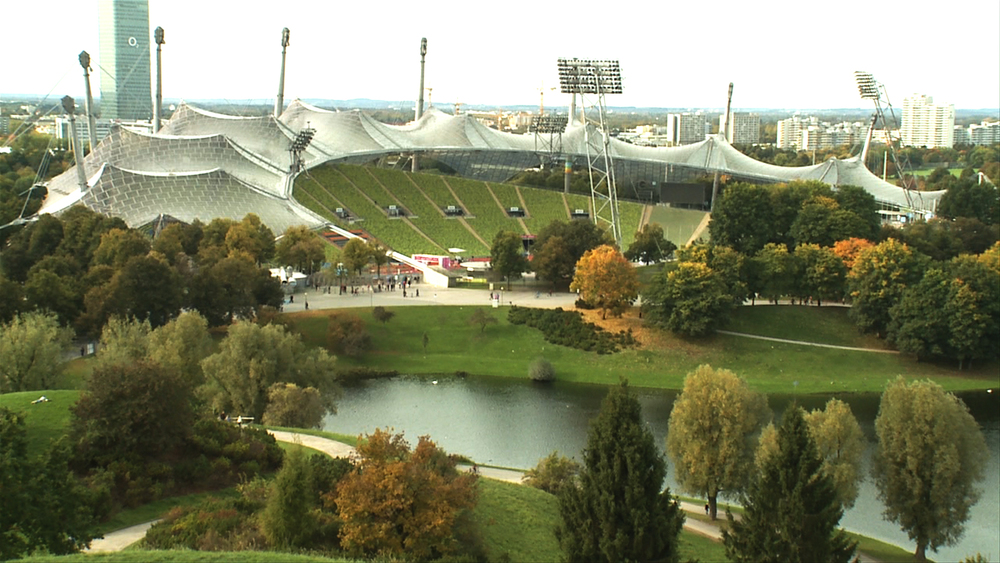


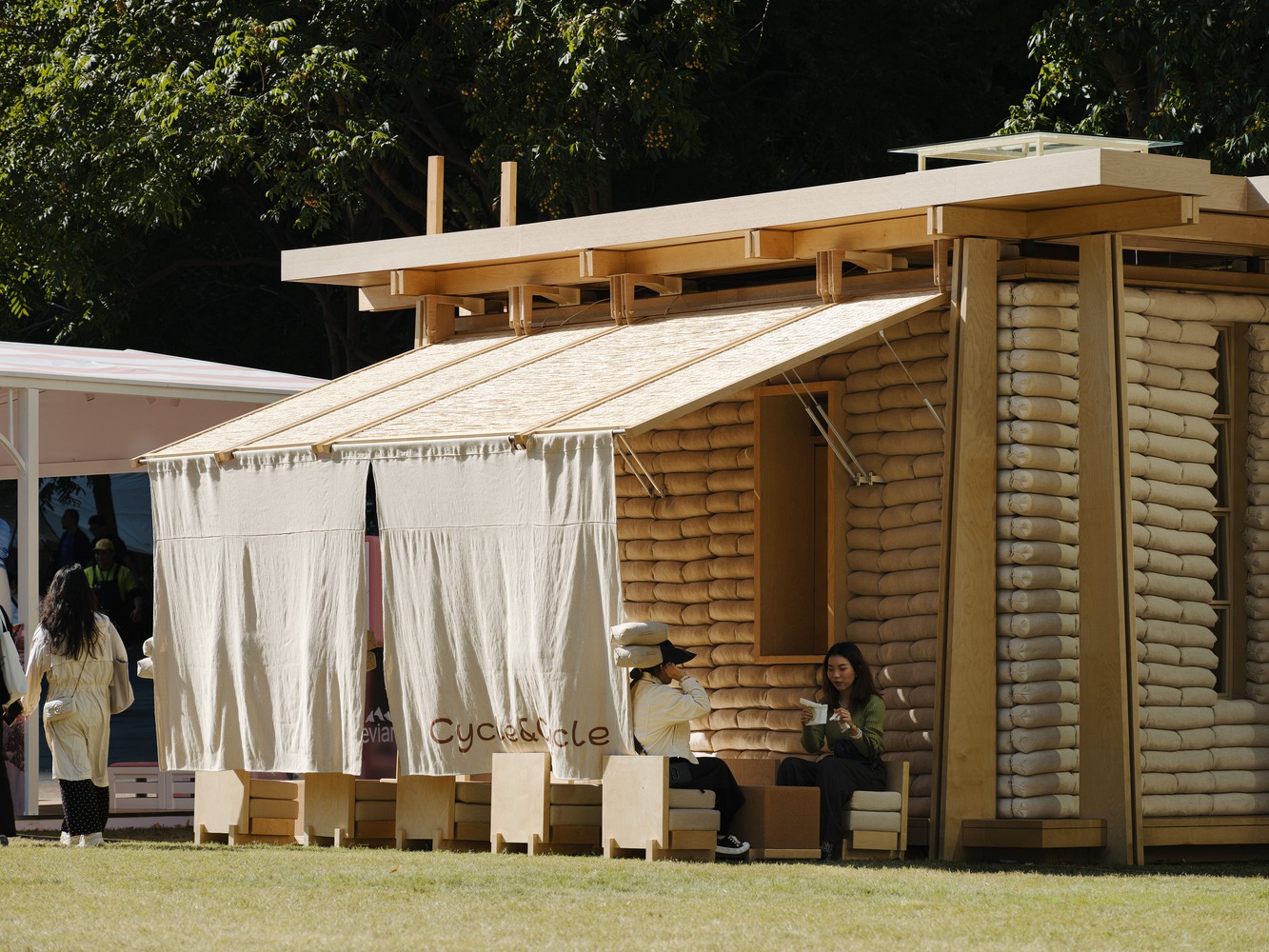
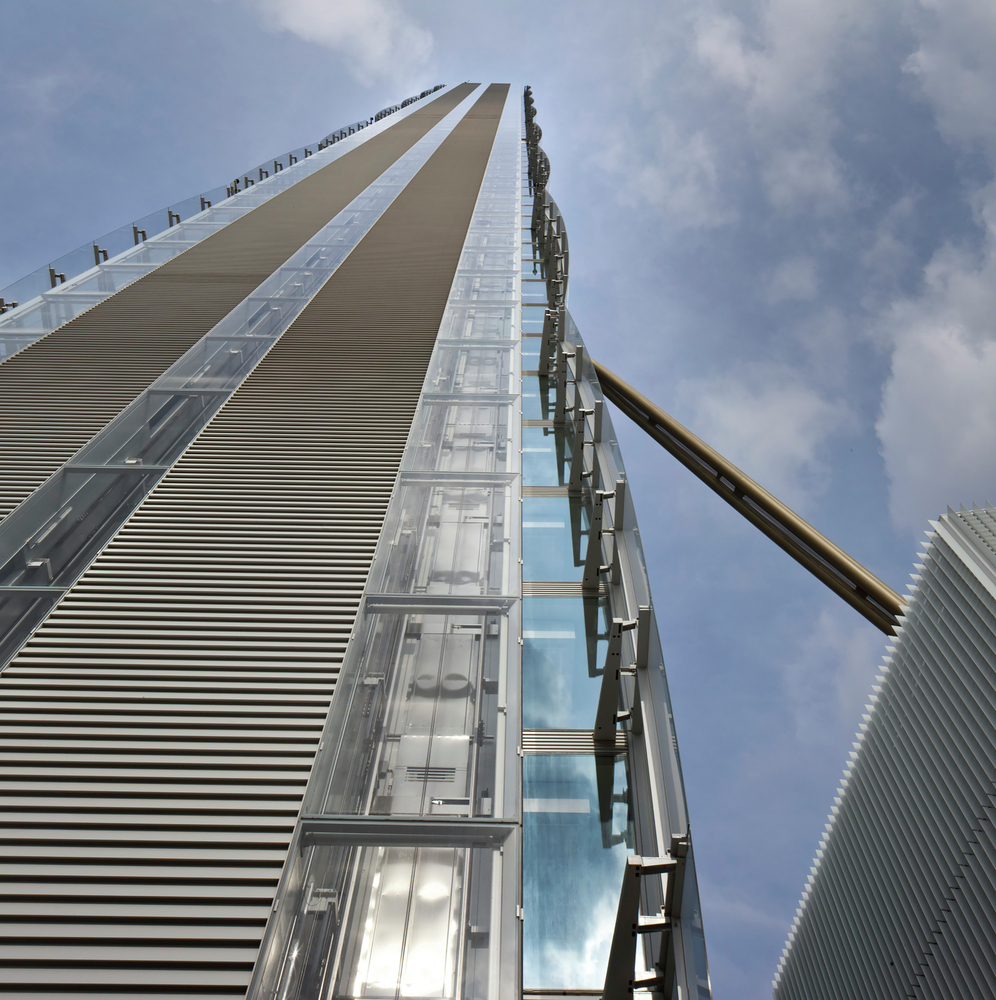

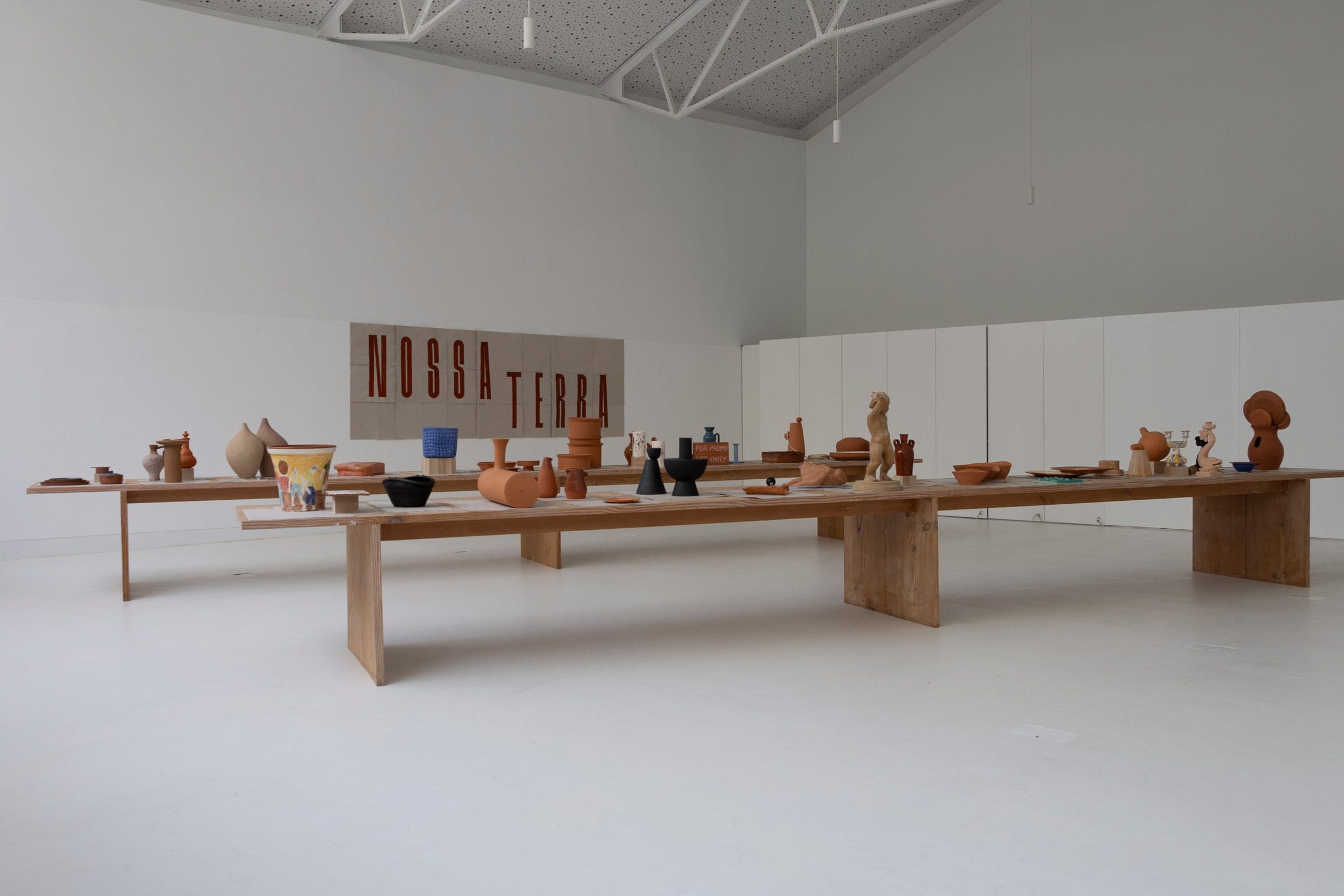
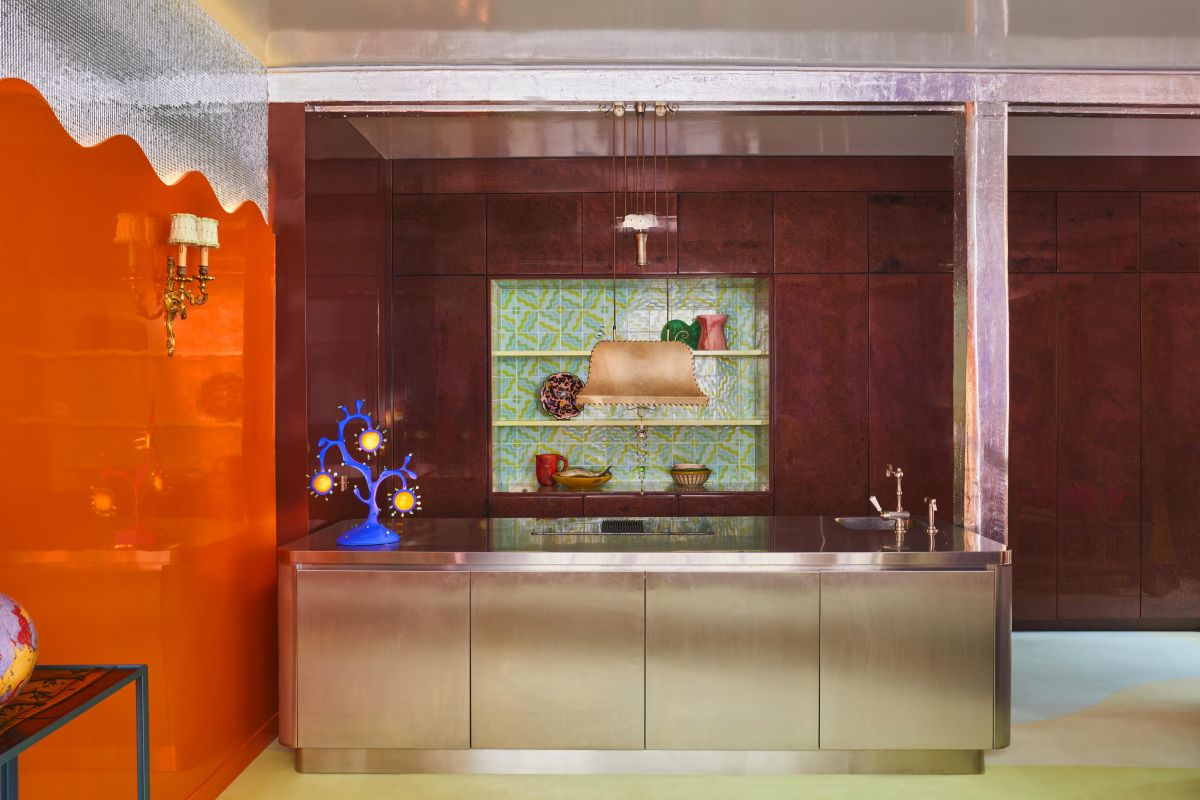

Authentication required
You must log in to post a comment.
Log in